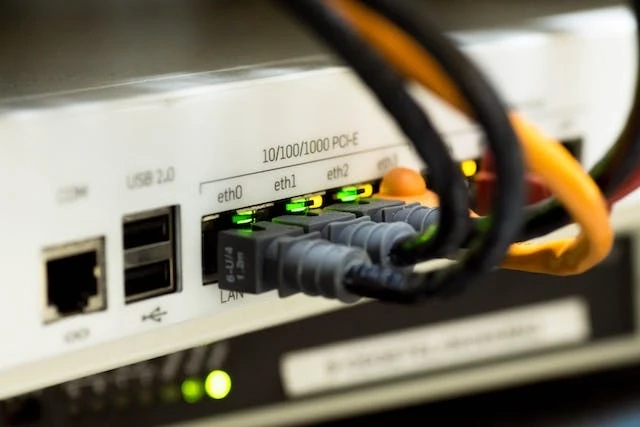Over the last few decades, the proliferation of the internet has completely transformed our lives and the world at large. A major role in this has been played by the evolution of broadband internet. By providing access to high-speed, consistent connectivity and a variety of fixed-price affordable broadband plans, it has completely revolutionized the way we work and communicate, as well as consume information and media. The journey has been particularly fascinating, as is the role it plays in today’s modern society.
Early Origins: Dial-Up Connections
Before the broadband era took over, most people had to rely on dial-up modems and connections to access the internet since the 1980s. While it was a natural step in its evolution, there were several challenges and shortcomings. From the irritating noise during the dial-up and the tedious connecting process to its dependence on the existing telephone network and more, it was a far cry from the state of today’s broadband internet.
It also offered significantly lower speeds, up to a maximum of 56kbps, although the actual speed often ranged between only 40-50 kbps. As a result, it was mostly used to check and operate emails and basic web browsing, as bandwidth-intensive tasks like streaming and online gaming were simply not possible. It showed immense potential but, at the time, could only be used for basic research and communication. The costs were also higher, and there were no fixed rates or unlimited bandwidth options such as those offered by the broadband plans of today.
Emergence of Broadband Internet
In the early 2000s, the growing demand for high-speed, dependable internet services finally led to the emergence of broadband internet. By providing high-speed, consistent connections, it enabled the transmission of large volumes of data in much less time, almost instantly. This arguably marked the most significant milestone in the evolution of the internet as we know it, perhaps only comparable to the growth of the high-speed mobile internet technology that we are currently living through.
Broadband internet can be of several kinds, chiefly DSL or Digital Subscriber Line, cable networks, fiber-optic connections, and satellite internet technology. While DSL and cable broadband both make use of the existing infrastructure – telephone and cable TV lines – fiber-optic connections utilize a composite cable made of countless thin strands of glass or plastic. This allows the latter to transmit data by means of light signals, which has enabled even faster speeds and high-volume transmission. Satellite internet works through communication satellites orbiting the Earth, but it also has its limitations, such as low speed and high latency, as the signals have to travel across vast distances.
The Impact of the Broadband Revolution
By making video calls, instant messaging, and social media a common part of our lives, broadband internet has changed the very scope of communication today. Real-time interactions with people on the other side of the planet have become a common reality. Additionally, it also fuelled the rise of streaming services like YouTube, Netflix, and Spotify, making entertainment more easily accessible, be it music, movies, or television shows.
The trend of remote work and the flourishing of the online EdTech industry also owes its success to the advancements of broadband internet. Accessing information and resources is now easier than ever before, a development that has also fuelled the rapid growth of the E-commerce sector, backed by Internet banking solutions. This essentially helped democratize access to knowledge for people all over the world. Finally, the most recent stage of this evolution involves the rise of IoT (Internet of Things) and Internet-powered smart devices. From wearables and home appliances to smart vehicles and more, we are witness to a dizzying array of technological solutions to make human life more convenient.
Conclusion: The Way Forward
With the advent of 5G technology and the immense potential it offers, industries across the spectrum, from healthcare and transportation to entertainment and more, are set to undergo even further transformation. As broadband internet technology continues to evolve, it will drive widespread innovation and empower us to achieve things we couldn’t even imagine before. Hence, its role and history deserve to be witnessed and remembered as we enjoy the countless benefits it offers us.


